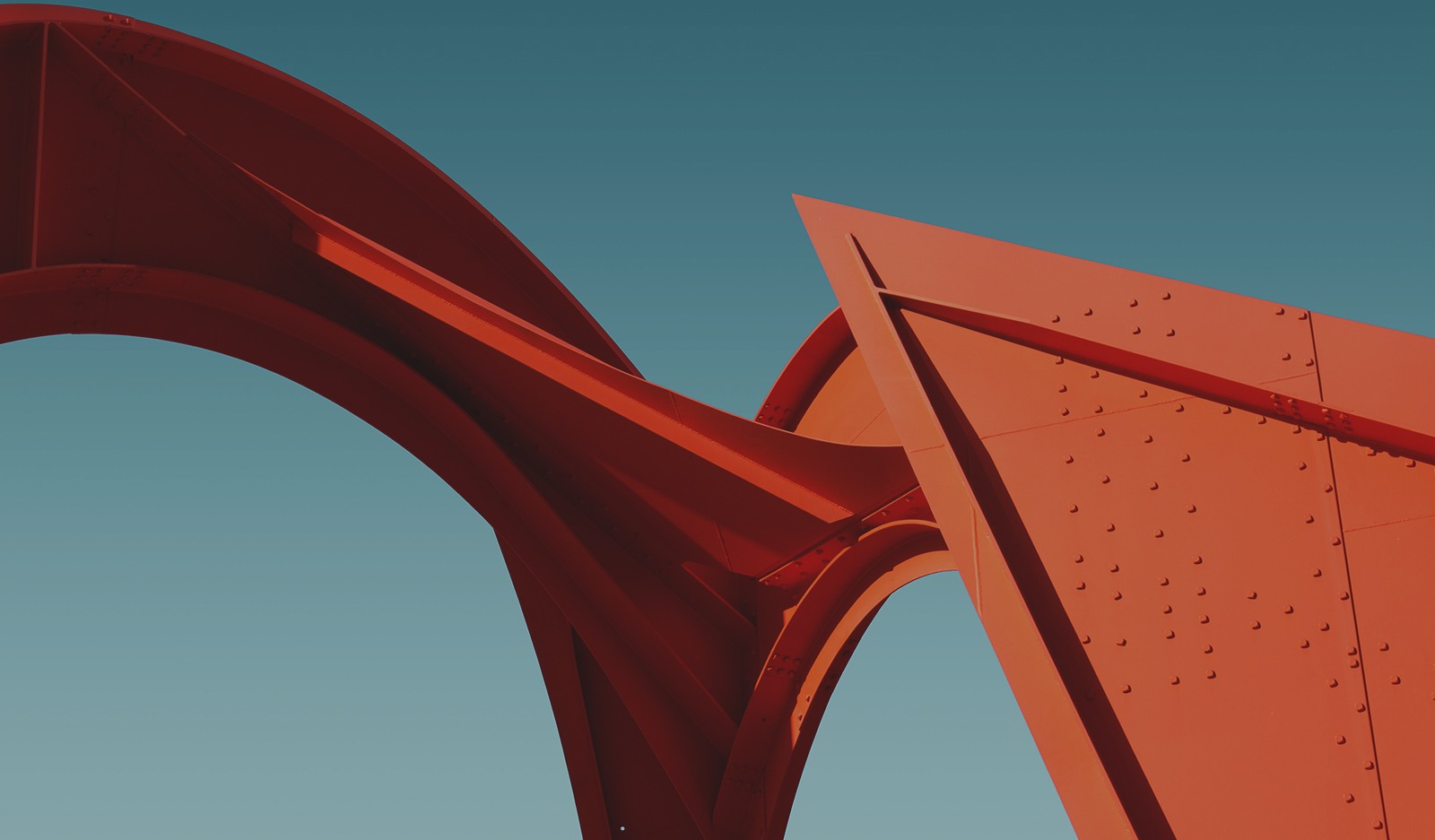After an iron-based alloy such as steel is created, the metal is often very brittle after its initial hardening. While this might be suited for some applications, further processing might be needed for applications that require a ‘tougher’ alloy, or one that can withstand regular wear and tear. Tempering and Quenching are two parts of a process of heat treating regularly applied to iron-based alloys used to alter the hardness of a metal.

Steel can be used for almost limitless applications, however, different levels of ductility are needed for different applications – that’s where quenching and tempering come in. Read on to find out more about how quenched and tempered steel is made.
Why Quench and Temper Steel?
While it takes longer to manufacture quenched and tempered steel, it greatly increases the toughness of the metal, by reducing how hard or brittle it is. While quenching initially hardens the metal, tempering adds ductility for specific purposes. This makes the material resistant to abrasions when used for tasks such as drilling, mining, scooping and construction.
How Is Steel Quenched?
The initial process of quenching involves heating an iron-based alloy, before rapidly cooling to set the material as swiftly as possible. This initial stage is tightly regulated and the temperature, cooling method and speed will all vary depending on the type of alloy and the hardness that is desired. Typically an average temperature will sit between 815 and 900 degrees Celcius and cooling methods include water, mineral oils and even gases such as nitrogen and helium. All elements of this process must remain stable, especially the degree of heat applied to the alloy, otherwise, distortions can result. When applied successfully the particles within an alloy form a hardened microstructure called martensite.
How is Steel Tempered?
After quenching has been completed, tempering is applied to achieve the desired level of ductility by decreasing hardness. Tempering involves heating the metal to a ‘lower critical temperature’, also known as lower transformation temperature, which is usually around 540 degrees Celsius. This is the temperature at which crystalline states of alloys, usually called ferrite or cementite begin to move into a single phase solid called austenite. Any hotter than this temperature can unravel the hardened microstructure achieved during quenching. The temperature and the time of heating both affect the amount of hardness removed. Lower temperatures are used to temper hard alloys, while high temperatures are used to create soft metals.
Tempering Colours
Freshly polished steel can form an iron oxide layer on its surface that changes colour in different temperature conditions. This layer thickens as it is heated causing a condition called ‘thin-film interference’ and different colours appear at different temperatures which indicate to metal workers the level of tempering.
These colour levels include:
• Faint-yellow is achieved at a temperature of 176 °C (349 °F) and is used for engravers, razors, scrapers.
• Light-straw is achieved at 205 °C and is used for rock drills, and metal-cutting saws.
• Dark-straw is achieved at 226 °C and is used for tools such as planer blades.
• Brown is achieved at 260 °C and is used for drill bits, hammers and cold chisels.
• Purple is achieved at 282 °C and is used for surgical tools, and stone carving tools
• Dark blue is achieved at 310 °C and is commonly used for screwdrivers and wrenches.
• Light blue is achieved at 337 °C and is useful for springs and wood-cutting saws.
• Grey-blue is achieved at 371 °C or higher and is found in structural steel.
Fabricating Quenched and Tempered Steel
If you would like to learn more about quenching and tempering steel or if you need quality steel that is fabricated to suit your unique needs, contact Steel Fabrication Services today.
Our team of expert structural steel fabricators have the experience and knowledge to answer any of your questions and will ensure that you find the best solution to suit your needs. To contact us today, simply call, fax or email for information or a steel fabrication quote, or drop by our Brookvale location.